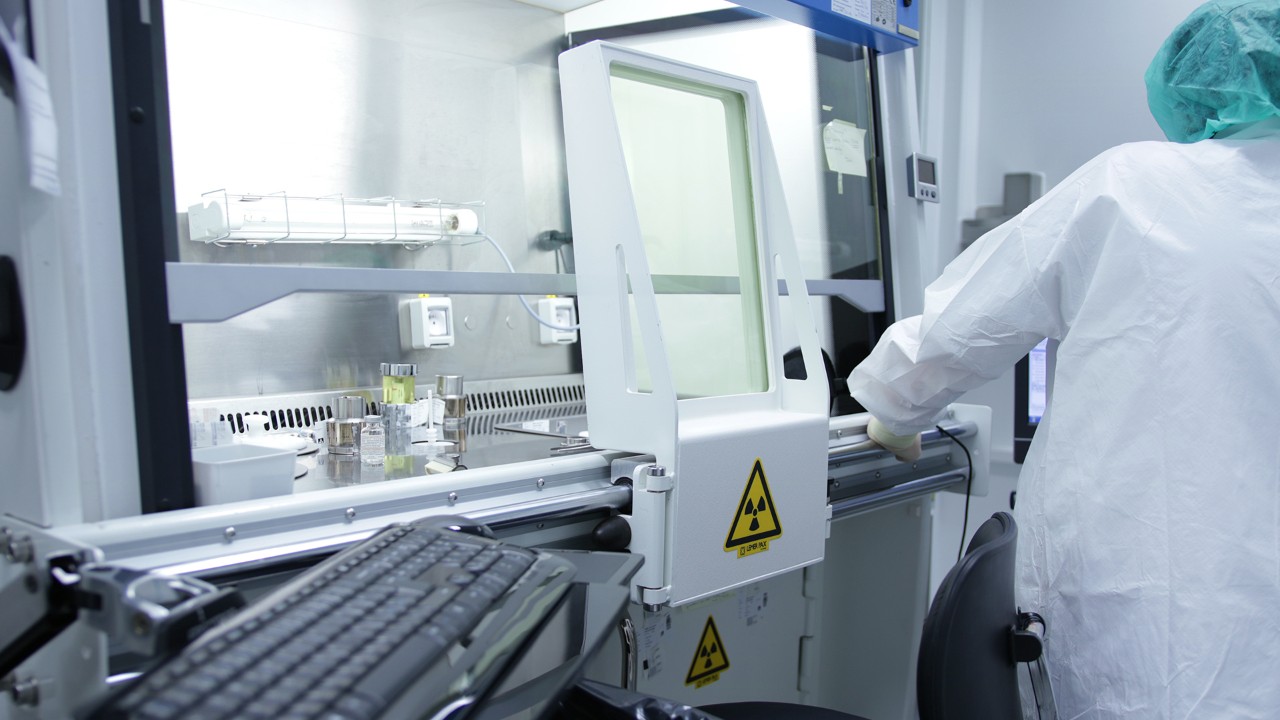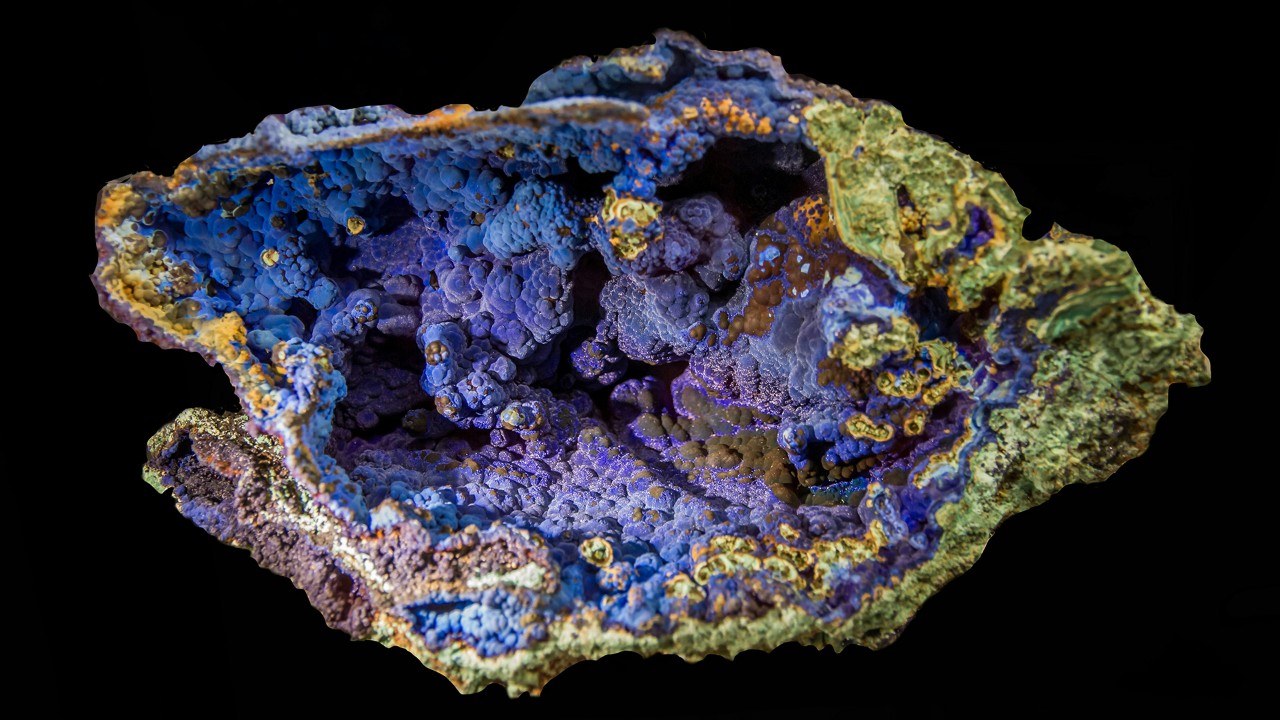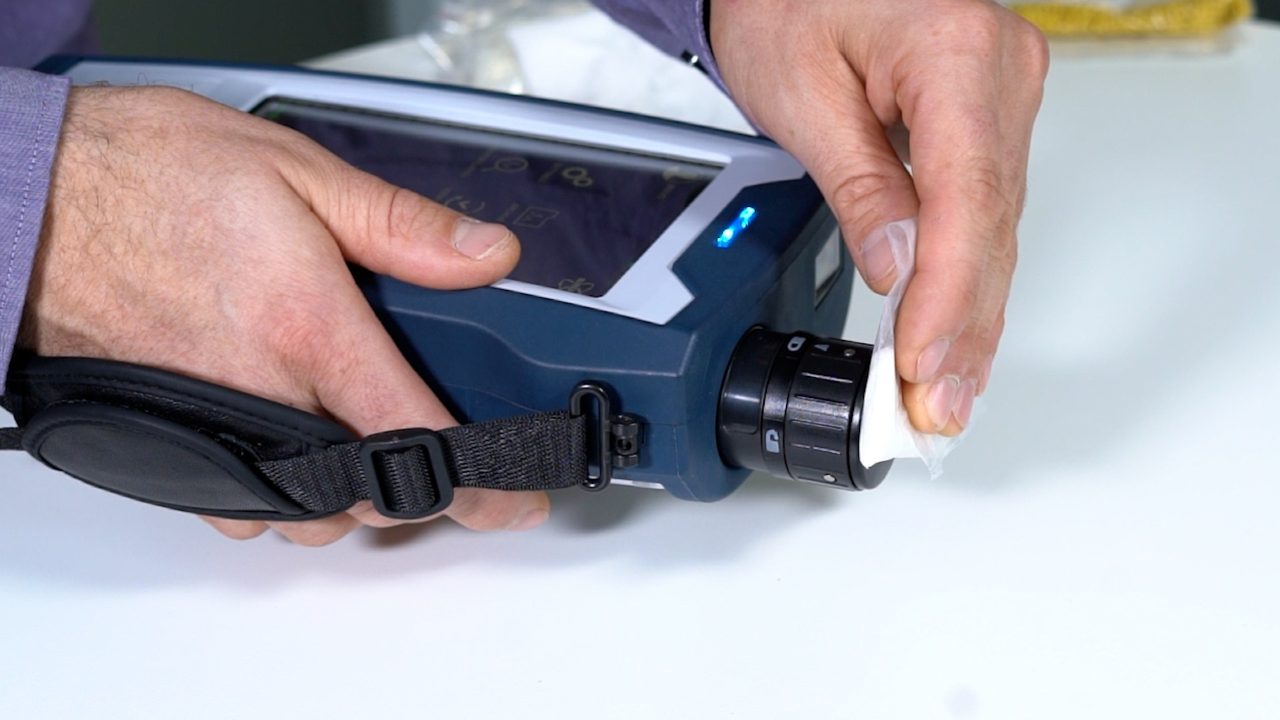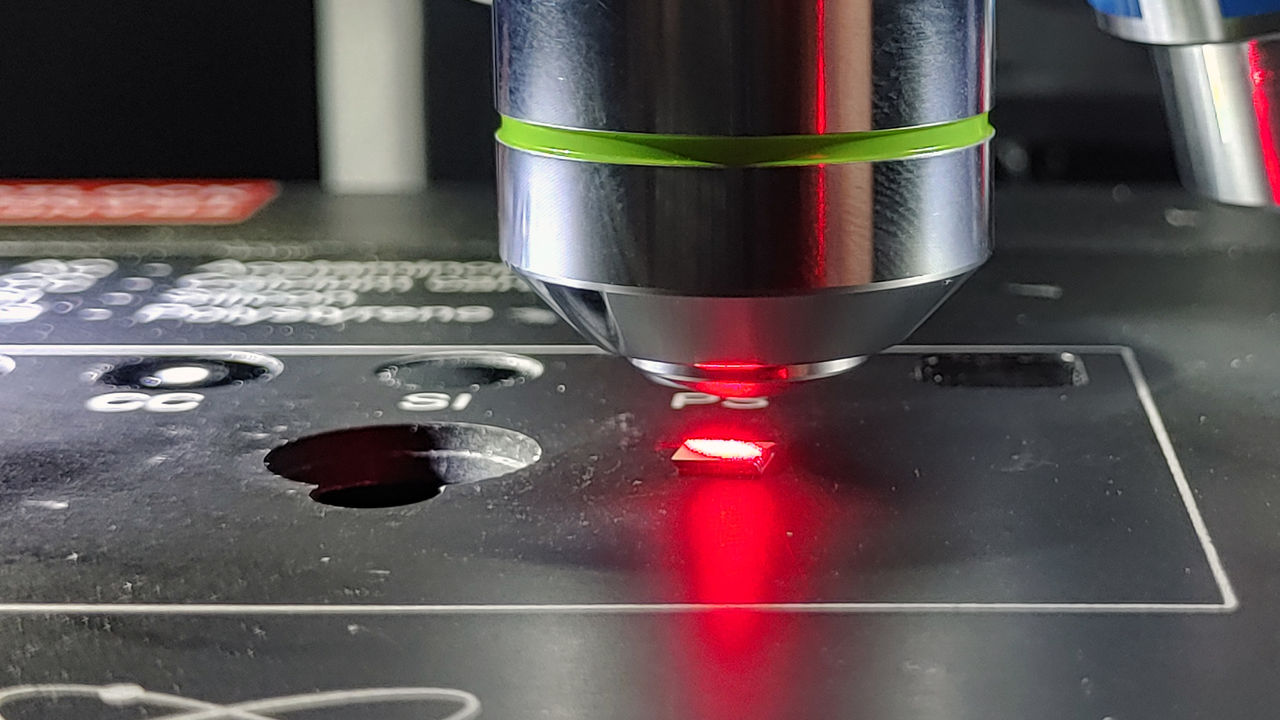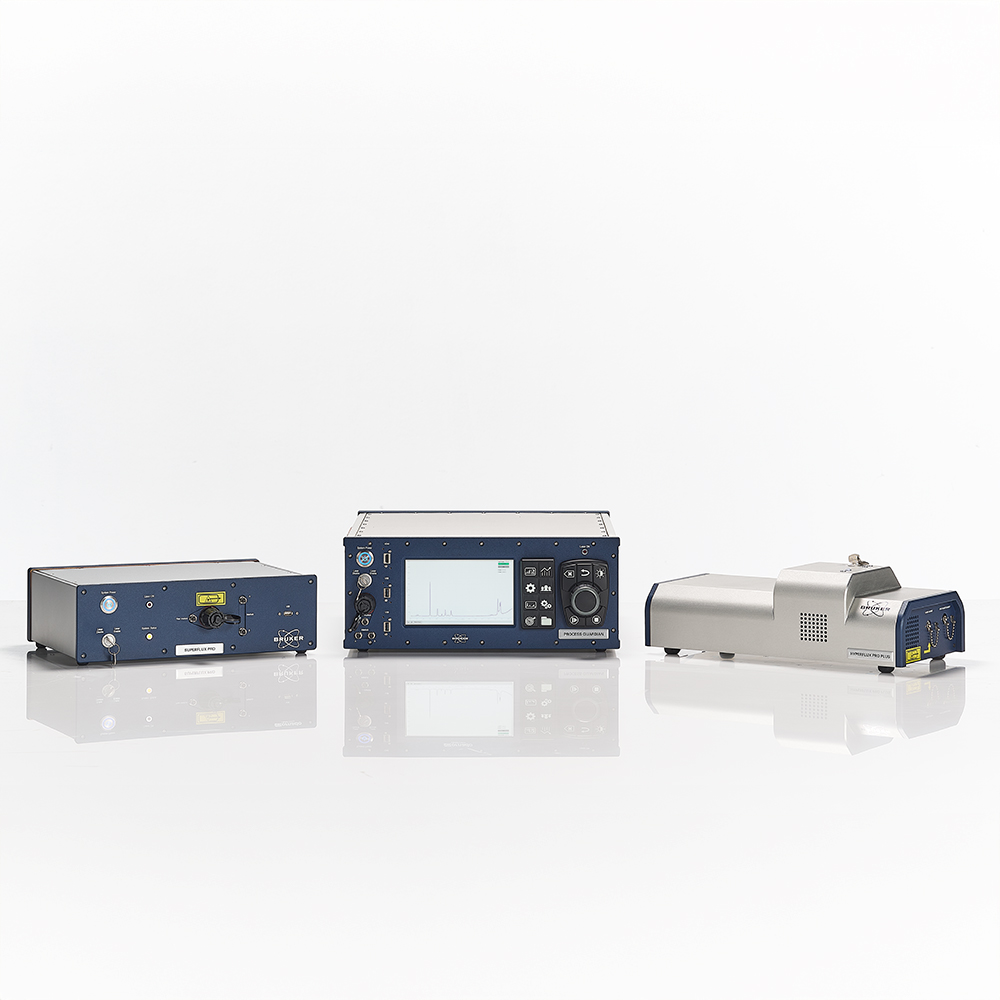ラマン分光法のアプリケーション
ラマン分光法の応用範囲は非常に広く、適用できる分野は無限です。
ラマン分光法が選ばれる理由
ラマン分光法は、他の化学分析手法と同様に、多様な物質の同定、定量、特性評価に利用可能です。しかし、前処理が必要な代わりに測定条件がほぼ確定している他の手法に比べて、前処理が不要な代わりに試料の状態や環境によって測定条件を変える必要があります。そのため試料等に関する専門的な知識によって測定条件を考慮するなどのテクニックが求められます。それでも、ラマン分光法は非破壊性・高空間分解能・オペランド測定への適応性などの他の技術では得難い大きな特長があり、多様な研究分野において価値あるツールとして活用されています。
- 非接触・非破壊分析:
ラマン分光法は、試料に物理的な接触や損傷を与えることなく分析が可能であり、取扱いに注意を要する材料や、貴重な材料の評価にも適しています。 - 優れたデータ品質:
ラマン分光法によって高精度かつ詳細なスペクトルデータが得られます。そのため、幅広い材料に対する正確な同定および特性評価が可能となります。 - 最小限の試料調製:
多くの試料は前処理なしで直接分析可能であり、セットアップ時間の短縮と、研究および日常分析におけるワークフローの簡素化を実現します。 - 透明な包装越しの測定に対応:
可視レーザーを用いることで、ガラスやプラスチックなどの透明容器越しに測定が可能です。密封された試料や取り扱いが難しい試料に最適です。 - 微細構造の解析:
ラマン分光法は5 µm未満の微細な構造にも対応可能であり、特殊な技術を用いることで単一分子からの信号検出も可能です。 - 水系環境に最適:
多くの分析技術とは異なり、ラマン分光法は水の影響を受けず、溶液、懸濁液、生体試料などの測定に有効です。 - 携帯可能で現場対応型のシステム:
ハンドヘルドラマン装置は、ラボ外でもリアルタイム分析が可能であり、検査、法科学、現場での識別用途に最適です。 - 顕微鏡およびイメージング機能:
共焦点ラマンイメージングにより、微小領域における構造的・組成的な違いを可視化し、平面(2D)や立体(3D)空間上の化学情報を取得できます。
ラマン分光法の用途
ラマン分光法は多岐にわたる分野で活用されており、品質管理、故障解析、試料識別、材料特性評価などに利用されます。物理的・化学的性質の調査にも有効です。また、顕微鏡技術と組み合わせることで、微細構造やほぼすべての物質に対する分析能力がさらに向上します。
炭素材料の解析
ラマン分光法は、最先端の炭素材料の分析や特性評価において、非破壊で高精度かつ詳細な情報が得られる不可欠な手法です。
- 分子の結合状態の識別および構造欠陥の検出が可能です。
- グラフェンの層数やカーボンナノチューブの直径を測定します。
- 高速かつ非破壊での材料特性評価が可能です。
材料科学と新素材の研究
ラマン分光法は、材料の化学的および構造的特性を高精度かつ非破壊で測定・解析できる万能な手法であり、品質管理、故障解析、材料研究などに広く活用されています。
- 未知成分の同定や添加剤の定量分析に活用されています。
- 高分子の劣化やセメントの浸食・腐蝕など、材料の経年劣化の追跡に活用されています。
- コーティング、セラミックス、バイオマテリアルなどの微細構造の解析に活用されています。
医薬品
ラマン分光法は、製剤分析や安定性試験から製造工程の管理、最終製品の検証に至るまで、医薬品開発のあらゆる段階で活用されています。
- 既存製剤の成分を同定し、リバースエンジニアリングに活用されています。
- 分子構造解析によって、安定性のモニタリングや、標的分子を分離に活用されています。
- 固体・液体医薬品の純度および均一性の検証に活用されています。
ライフサイエンス
ラマン分光法は、細胞、タンパク質、DNA、生体組織を非破壊・非侵襲で分析できる生物学研究に理想的な手法であり、水溶液中等の環境下でも分析ができます。
- ケミカルイメージングにより、細胞や組織構造を可視化します。
- 生物学的プロセスにおけるタンパク質やDNAの解析を行います。
- がん関連タンパク質の変化など、疾患マーカーの検出します。
エネルギー関連技術
ラマン分光法は、電池や太陽電池の開発において、詳細な化学的知見を提供することで、エネルギー技術の革新を支援します。
- 太陽電池製造工程でシリコン構造を検査します。
- 電池活物質の化学変化をリアルタイムでモニタリングします。
- 水溶液中や密閉環境下でも構成成分の分析が可能です。
法医学
ラマン分光法は、現場での初期調査から痕跡証拠の詳細なラボ分析まで、法科学のあらゆる段階で迅速かつ非破壊での分析を可能にします。
- 包装越しでも薬物や爆発物などの物質を同定することが可能です。
- 携帯型ラマン装置により現場での迅速な分析を実現します。
- ラマン顕微鏡を用いて痕跡証拠の検出と特性評価が可能です。
美術品保存と文化財研究
ラマン分光法は、芸術作品、遺物、歴史的資料などの貴重な文化財を損傷や変質させることなく分析できる非侵襲的な手法として、美術品保存や文化財研究に広く活用されています。
- 芸術作品に使用された顔料や材料を同定します。
- 劣化状態を評価し、正確な修復が可能になります。
- 材料分析を通じて、歴史的な技法や文化的背景を解明します。
ラマン顕微鏡およびイメージングの有用性
ラマン顕微鏡およびラマンイメージングは、材料科学、化学、ライフサイエンスなど多様な分野において、高分解能かつ高感度なラマン分光分析を可能にする有用な手法です。

